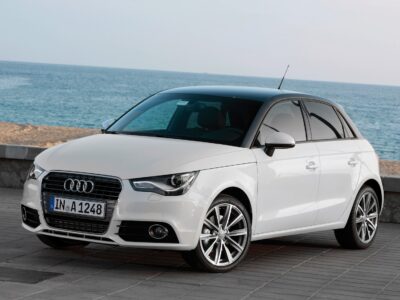
Ford Puma vs Nissan Juke: The Ultimate Compact SUV Comparison (2025 Guide)
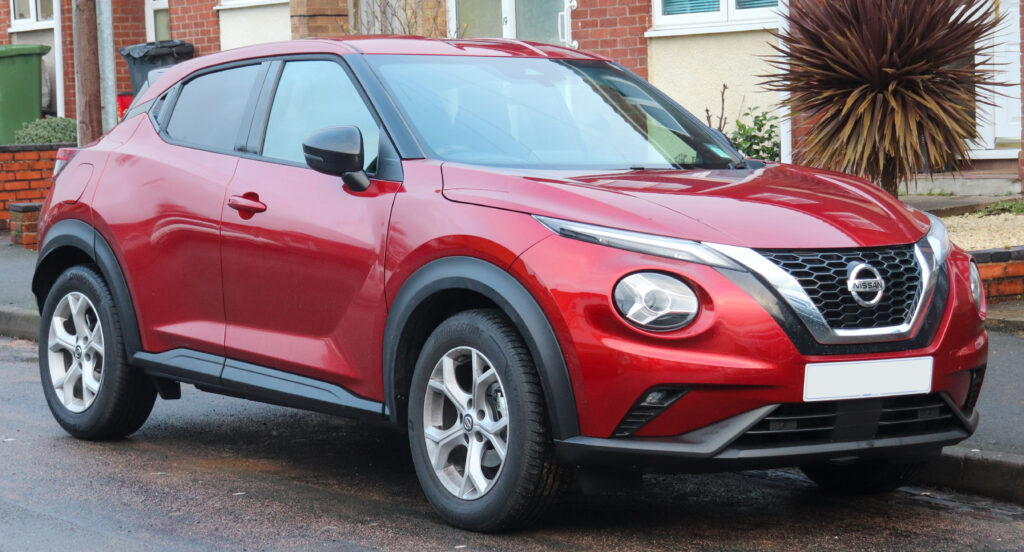
When it comes to compact SUVs that combine bold design, cutting-edge technology, and impressive efficiency, few rivals spark debate like the Ford Puma and the Nissan Juke. Both models represent the essence of modern urban mobility — agile, stylish, and packed with innovation. In this comprehensive comparison, we analyze every key detail — from performance and efficiency to technology and comfort — to determine which SUV truly stands out in 2025.
Overview
| Feature | Ford Puma (2025) | Nissan Juke (2025) |
|---|---|---|
| Engine Type | Mild-Hybrid Petrol / Electric | Petrol / Full Hybrid |
| Power Output | 125 – 168 HP | 114 – 143 HP |
| Transmission | Manual / Dual-Clutch Automatic | Manual / CVT / DCT |
| Fuel Consumption | 5.4 – 6.0 L/100 km | 4.7 – 6.0 L/100 km |
| Electric Consumption | 13.1 – 13.7 kWh/100 km | — |
| Boot Capacity | 456 – 523 L | 354 – 422 L |
| CO₂ Emissions | 0 – 136 g/km | 107 – 136 g/km |
| Starting Price | €30,800 | €26,600 |
Design and Dimensions
Exterior Presence
The Ford Puma embodies a sleek, athletic silhouette — dynamic lines, pronounced wheel arches, and a coupe-like roofline that exudes energy. With a length of 4,186–4,226 mm, a width of 1,805 mm, and a height of 1,555 mm, it strikes the perfect balance between agility and stability.
Meanwhile, the Nissan Juke maintains its trademark bold personality. Slightly taller at 1,593 mm, it adopts a more upright stance, projecting confidence with its signature split-headlight design and aggressive front fascia. Its dimensions — 4,210 mm long and 1,800 mm wide — make it marginally larger but less aerodynamic than the Puma.
Boot and Cabin Space
Ford’s packaging efficiency shines here: the Puma’s 523-liter boot dwarfs the Juke’s 422 liters, making it the more practical choice for families or travelers needing versatile cargo space.
Performance and Powertrain
Ford Puma: Efficiency Meets Agility
The Puma offers an advanced 1.0-liter EcoBoost Mild Hybrid engine producing between 125 HP and 168 HP. Coupled with a 48V hybrid system, it enhances torque delivery while reducing fuel consumption.
- 0–100 km/h: 7.4 – 9.8 seconds
- Top Speed: Up to 210 km/h
- Torque: 170 – 290 Nm
- Drivetrain: Front-Wheel Drive
An optional fully electric version is on the horizon, boasting up to 376 km of range with a 43 kWh battery.
Nissan Juke: Balanced Urban Power
The Juke’s hybrid and petrol options cater to those prioritizing efficiency. Its 1.0-liter turbo petrol (114 HP) and 1.6-liter hybrid (143 HP) variants offer moderate performance, ideal for city driving.
- 0–100 km/h: 10.1 – 11.8 seconds
- Top Speed: 166 – 180 km/h
- Torque: 200 Nm
- Drivetrain: Front-Wheel Drive
While less powerful, the Juke compensates with smoother hybrid transitions and quieter low-speed operation.
You may be interested in reading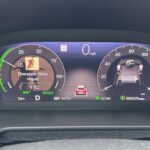 Understanding the Ford Puma Hybrid Gauge: Operation, Display, and Benefits
Understanding the Ford Puma Hybrid Gauge: Operation, Display, and BenefitsFuel and Energy Efficiency
Both SUVs shine in economy, though with distinct advantages.
| Model | Fuel Economy (L/100km) | Electric Consumption (kWh/100km) | CO₂ Emissions (g/km) |
|---|---|---|---|
| Ford Puma | 5.4 – 6.0 | 13.1 – 13.7 | 0 – 136 |
| Nissan Juke | 4.7 – 6.0 | — | 107 – 136 |
The Nissan Juke edges ahead in traditional fuel efficiency, but the Puma’s hybrid system offers lower emissions and electric flexibility — especially appealing in urban low-emission zones.
Driving Dynamics
Ford Puma: Engaging Precision
With a finely tuned suspension, direct steering feedback, and a lightweight body, the Puma delivers class-leading agility. Its dual-clutch automatic transmission ensures quick, seamless gear changes, and the EcoBoost engine provides strong mid-range acceleration, perfect for overtaking.
Nissan Juke: Comfort-Oriented Ride
The Juke emphasizes ride comfort and refinement, with suspension calibration focused on absorbing road imperfections. While not as sharp as the Puma through corners, it offers superior damping and noise insulation, making it ideal for long commutes.
Technology and Infotainment
Ford Puma
- 12.3-inch Digital Cluster with customizable displays
- SYNC 4 infotainment system with voice recognition
- Wireless Apple CarPlay & Android Auto
- Over-the-air (OTA) updates
- Optional 10-speaker B&O Sound System
Nissan Juke
- 8-inch Touchscreen Display
- NissanConnect with Google Assistant & Alexa support
- 360° Around View Monitor
- Customizable driver display
- Premium Bose Personal Plus audio
Both models deliver excellent connectivity, but the Puma’s larger digital interface and OTA updates provide a more future-proof experience.
Safety and Driver Assistance
Ford Puma Safety Features
- Adaptive Cruise Control
- Lane-Keeping Assist
- Pre-Collision Assist with Pedestrian Detection
- Blind Spot Information System (BLIS)
- Traffic Sign Recognition
Nissan Juke Safety Features
- Intelligent Emergency Braking
- 360° Camera System
- Rear Cross Traffic Alert
- Intelligent Lane Intervention
- Traffic Jam Pilot (Hybrid versions)
Both vehicles score top marks in Euro NCAP safety ratings, but Ford’s systems are slightly more advanced in adaptive automation.
Comfort and Interior Quality
The Ford Puma integrates soft-touch materials, ergonomic seats, and ambient lighting, creating a premium environment. Optional massage front seats and MegaBox storage add unmatched practicality.
The Nissan Juke, with its sporty cockpit layout, focuses on driver engagement. Alcantara trim options and well-bolstered seats enhance the cabin’s style and comfort. However, rear passenger space is slightly tighter than in the Puma.
You may be interested in reading Understanding the Ford Puma Hybrid Gauge: Operation, Display, and Benefits
Understanding the Ford Puma Hybrid Gauge: Operation, Display, and Benefits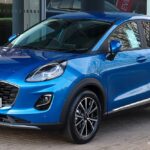 Used Ford Puma Reliability and Common Problems: Complete Buyer’s Guide
Used Ford Puma Reliability and Common Problems: Complete Buyer’s GuideOwnership Costs and Reliability
| Category | Ford Puma | Nissan Juke |
|---|---|---|
| Starting Price | €30,800 | €26,600 |
| Warranty | 3 years / 100,000 km | 3 years / 100,000 km |
| Service Interval | 20,000 km / 12 months | 15,000 km / 12 months |
| Battery Warranty (Hybrid) | 8 years / 160,000 km | 8 years / 160,000 km |
While the Puma is more expensive, its mild-hybrid technology and extended service intervals can result in lower long-term maintenance costs.
Verdict: Which SUV Wins?
Ford Puma – The Driver’s SUV
We recommend the Ford Puma for buyers seeking:
- Sportier performance
- Larger boot space
- Superior digital technology
- Optional electric versatility
Nissan Juke – The Stylish Urban Cruiser
Choose the Nissan Juke if you prioritize:
- Lower entry price
- Smooth hybrid efficiency
- Compact urban maneuverability
Ultimately, the Ford Puma claims the edge as the more complete and dynamic SUV, blending efficiency, technology, and practicality in one compelling package.
FAQs
1. Which has better fuel efficiency, the Ford Puma or Nissan Juke?
The Nissan Juke offers slightly better fuel economy (4.7–6.0 L/100 km), though the Puma’s hybrid system offsets this with lower CO₂ emissions and mild-electric driving.
2. Which SUV is faster?
The Ford Puma outperforms with a 0–100 km/h time of 7.4 seconds versus the Juke’s 10.1 seconds.
3. Which model has more cargo space?
The Ford Puma leads with up to 523 liters, compared to the Juke’s 422 liters.
4. Are both models available as hybrids?
Yes. The Puma features a Mild Hybrid system, while the Juke offers a Full Hybrid variant.
 Understanding the Ford Puma Hybrid Gauge: Operation, Display, and Benefits
Understanding the Ford Puma Hybrid Gauge: Operation, Display, and Benefits Used Ford Puma Reliability and Common Problems: Complete Buyer’s Guide
Used Ford Puma Reliability and Common Problems: Complete Buyer’s Guide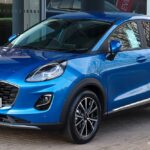 10 Best Ford Puma Alternatives in 2025: Top Small SUVs Worth Your Money
10 Best Ford Puma Alternatives in 2025: Top Small SUVs Worth Your Money5. Which SUV is better for city driving?
Both excel in urban settings, but the Juke’s tighter turning radius and smaller footprint make it more maneuverable.
If you want to know other articles similar to Ford Puma vs Nissan Juke: The Ultimate Compact SUV Comparison (2025 Guide) you can visit the category Blog.
Deja una respuesta

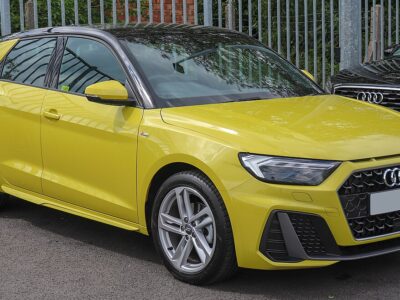
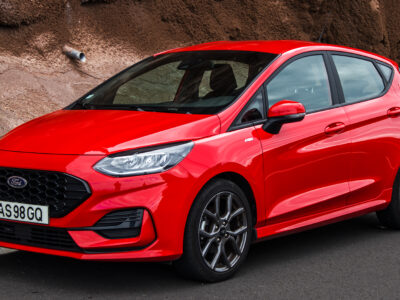
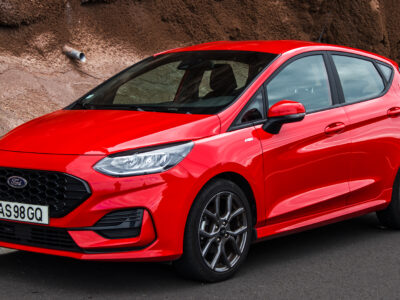
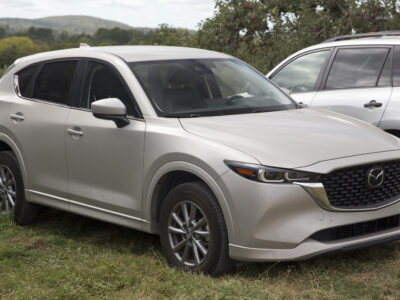
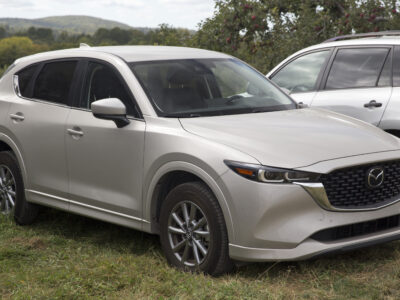
More content of your interest